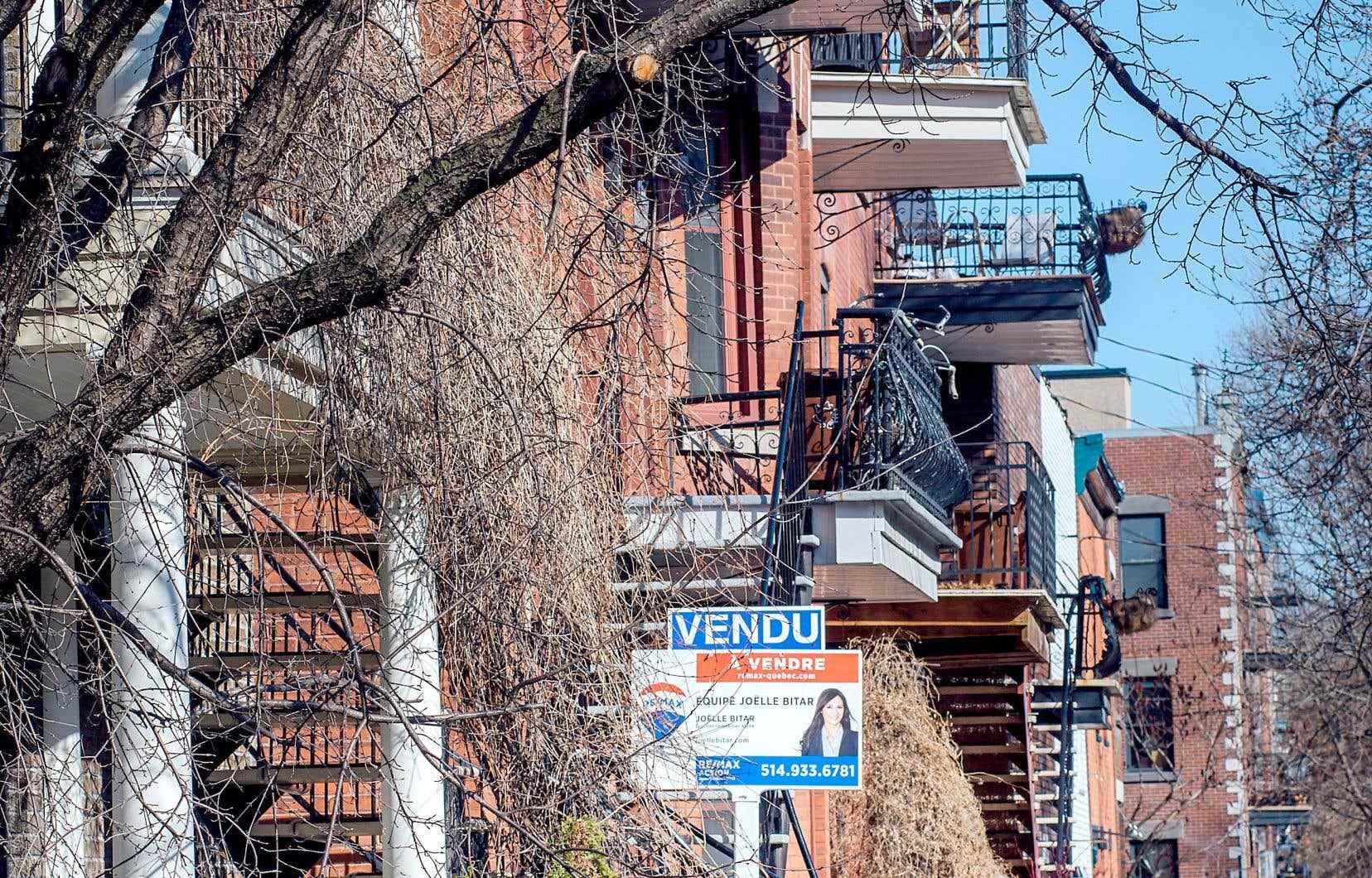This text is taken from our newsletter “Le Courier de l’économie” of June 6. Subscribe by clicking here.
Given the current economic situation, will real estate prices continue to rise in the coming years, and for what types of housing and in which regions? asks Nicole Fontaine. Guillaume Brouillette, who is looking for a first home with his wife, is also concerned about the situation. Can we really expect stagnation or even a decrease in property prices? If so, by how long and […] how big? Moreover, is the situation similar everywhere in Quebec?
In the absence of a crystal ball, one can only answer by observing the forces that are taking shape and by projections inspired by the economic situation. And yes, we are starting to see parsimoniously, here and there, signs for sale bearing the words “Revised price”.
According to the most recent forecasts, an average price drop of 24% across Canada is to be expected, which would begin in the fall and extend to 2024, predicts the analysis firm Oxford Economics. For Quebec, the new Desjardins Group projections suggest an average contraction of 12% from a peak that would be reached this summer to extend to 2023. For owners who bought before the pandemic, you have to put everything in the prospect of an average increase in residential real estate prices of around 35 to 50% since the start of the health crisis.
The risk to this scenario is a more severe correction caused by an even more muscular increase in interest rates under the action of the Bank of Canada, which would push the Canadian economy into recession and fuel a movement of properties to be sold. most important. However, a real estate crisis, or even a crash, does not yet appear on the radar.
Return to some normality
All the signals point to it: the residential real estate market is on the way to a return to a certain normality, if only because of a historic deterioration in the level of affordability, the context of accelerated rate hikes and of a generalized outbreak of inflationary fever.
Initially, we can assume that the slowdown in demand will put an end to the situations of multiple hasty offers — sometimes without inspection or legal guarantee — and will put an end to the phenomenon of one-upmanship. But a growing number of properties for sale, deteriorating affordability, fatigue among first-time buyers — who accounted for nearly half of first-time home buyers during the pandemic — rising rates, surging inflation, the he erosion of purchasing power and growing uncertainty about the economic situation combine to militate in favor of a price correction. High household debt and the rise in insolvency should also result in more properties being offered on the market as the effect of monetary firming is felt.
This “normalization” should affect all types of properties, but hit more single-family homes, a little less in condominiums (a more “affordable” segment for both the first buyer and the selling owner) and even less in the segment income properties.
Moderate impact in major centers
In the greater Montreal area, the resumption of immigration as well as the strength of the labor market and a possible return of workers who left for the suburbs when they were telecommuting full-time are variables likely to attenuate the extent of the fix. In this area of Montreal, but also in the greater Quebec City area, the noticeable presence of real estate speculators or buyers for investment purposes—real estate in Quebec is still more accessible than elsewhere in Canada—will also provide some support.
The downward impact could be felt more in the suburbs – more in those which are more limited in terms of public transport – where the real estate overheating has manifested itself the most.
